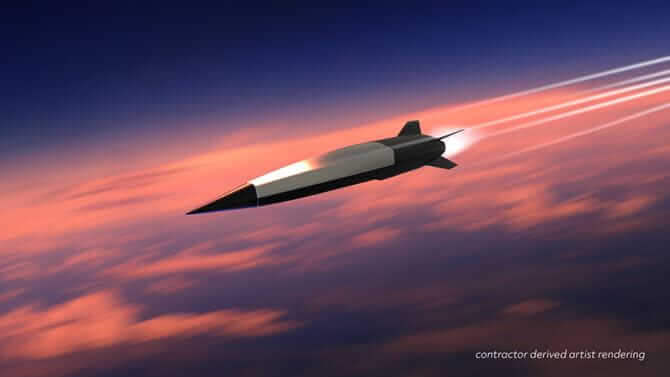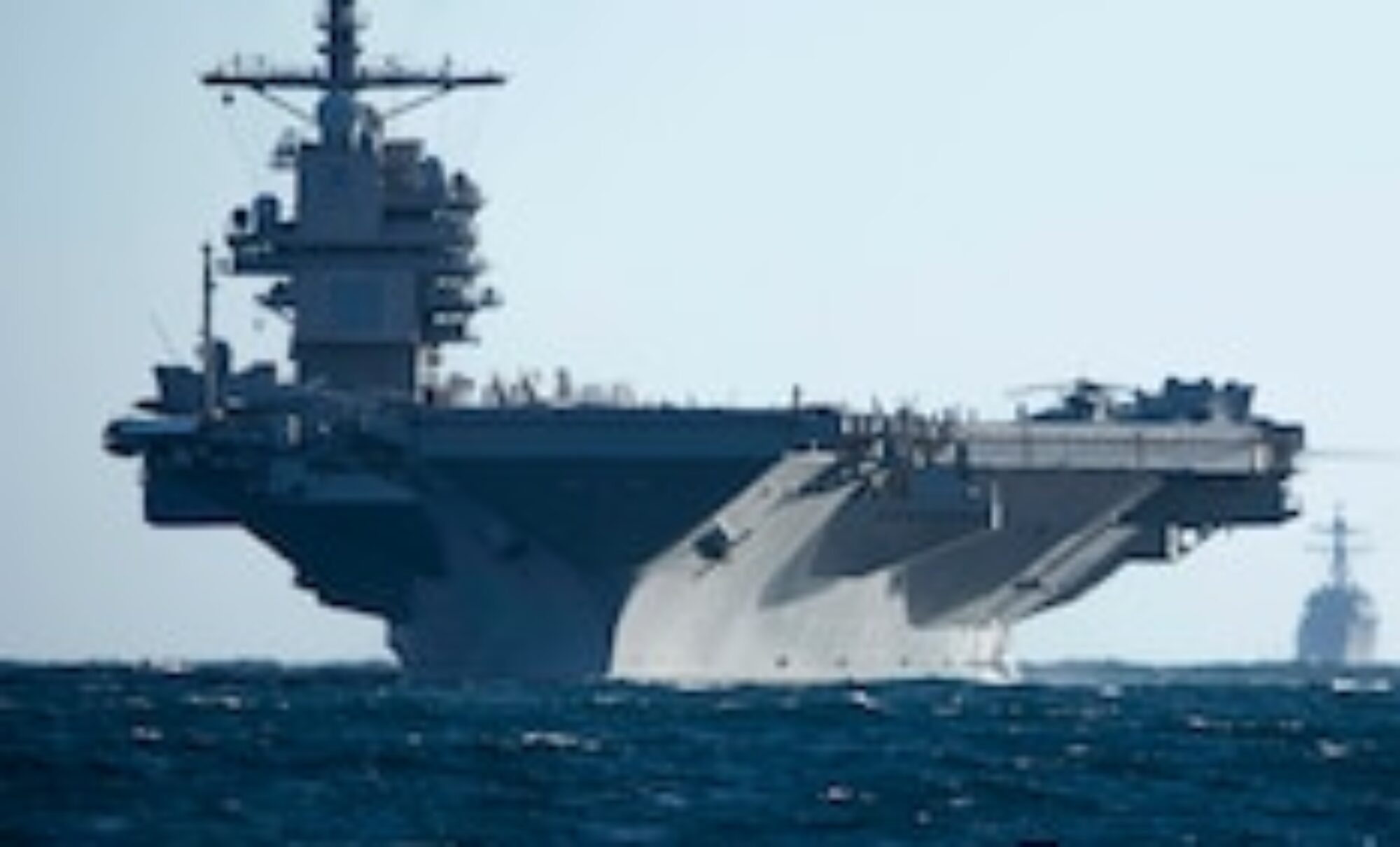The Navy has awarded contracts to two defense giants, Lockheed-Martin and Raytheon, to separately develop prototype ship-sinking hypersonic missiles for the program
As an organization dedicated to promoting a strong and capable U.S. Navy, Americans for a Stronger Navy welcomes the recent investment by the Navy in the development of a new hypersonic ship-killing missile known as HALO.

Raytheon Missiles & Defense and Northrop Grumman are developing the next-generation Hypersonic Attack Cruise Missile, also known as HACM
HALO is a carrier-based offensive anti-ship strike weapon that supports the U.S. Navy’s long range fires strategy.
Press reports reflect that this new weapon is expected to have both anti-ship and hypersonic capabilities, making it a powerful tool for targeting and destroying enemy ships from a safe distance.
In this blog post, we will explore the importance of this investment, as well as the potential impact that HALO could have in a potential conflict with China in the western Pacific.
As the world becomes more interconnected and tensions rise between nations, it is crucial for countries to invest in their defense capabilities.
For the United States, this means ensuring that the Navy remains a strong and capable force, capable of deterring potential adversaries and protecting American interests around the world.
Recently, the U.S. Navy has taken a major step towards maintaining its strength by investing in the development of a new hypersonic ship-killing missile known as HALO (Hypersonic Air-launched Offensive).
What makes HALO unique is that it combines both anti-ship and hypersonic capabilities, allowing it to effectively target and destroy enemy ships from hundreds of miles away.
This new weapon is expected to be carried by carrier-based jets such as the FA-18E/F Super Hornet and F-35 Lightning, and possibly future successors. It is also expected to fly farther and faster than the current LRASM stealth cruise missile.
The focus on anti-ship capabilities in the development of HALO reflects the Navy’s recognition of the potential conflict with China in the western Pacific, particularly in the event of a battle over Taiwan.
Simulations have shown that the effectiveness of long-range anti-ship missiles will be critical in such a scenario, highlighting the importance of the Navy’s investment in the HALO program.
Key Takeaways:
- The U.S. Navy is investing in the development of a new hypersonic ship-killing missile known as HALO.
- HALO combines anti-ship and hypersonic capabilities and is expected to fly farther and faster than the current LRASM stealth cruise missile.
The Navy’s focus on anti-ship capabilities in the development of HALO reflects the potential conflict with China in the western Pacific, particularly in the event of a battle over Taiwan.
The effectiveness of long-range anti-ship missiles will be critical in a potential conflict with China, highlighting the importance of the Navy’s investment in the HALO program.
A strong and capable Navy is crucial for the United States to deter potential adversaries and protect American interests around the world.

